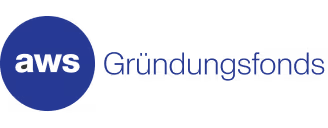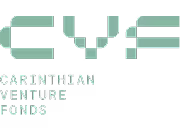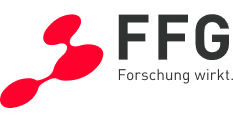Ultimate Guide To Value Selling (incl. Free Templates)

Are you aware that missing out on the Value Selling Framework could be costing you not just potential revenue...
but also long-term customer relationships?
Consider these compelling statistics from the Miller Heiman Group’s CSO Insights Study:
- 70% of buyers have defined needs and already know they want to purchase something before they talk to a salesperson.
- 92% of buyers want to hear a value proposition early in the sales cycle.
- Less than a third of buyers feel that there’s a significant difference between one vendor and the next.
These insights take us straight to the point:
In sales conversations, customers are primarily interested in the value they receive and the tangible return on investment (ROI) they can expect.
And the seller's job is to help the customer envision a future where their challenges are resolved or their objectives are met.
Preferably through the benefits provided by the companies solution.
It's not about enumerating features.
Great sales leaders use the value framework to help their team sell...
by bringing everyone on the sales team on the same page.
Let's jump quickly into the basics before we show you how to build it for your organization.
What is Value Selling?
Value selling is a sales approach that focuses primarily on the benefits and value that a product or service brings to the customer, ...
...rather than just highlighting the features or technical specifications.
The core idea behind value selling is to:
- align the product or service
- with the specific needs, challenges, and goals of the customer,
- demonstrating how it can solve their problems or improve their situation in a measurable way.
Why is Value Selling an Evergreen Topic?
Value-based selling has been around for more than 30 years.
However despite its age, it remains as relevant as ever.
Consider recent Mercuri Research survey on the most important challenges for business leaders:
- Customer value orientation came out on top, just as it did in their last survey 5 years ago.
- 85% of business leaders consider customer value orientation to be a critical success factor for them, but at the same time
- 38% say they lack the ability to sell a value-based proposition.
Is value selling a methodology that is just too complicated?
Or a selling philosophy that is difficult to translate into daily operations?
Well, its because it is not a methodology , like for example MEDDIC, BANT or some other.
It's a mindset, a perspective whole revenue teams adopt in their preparation and interactions with customers. To be a success, this shift in perspective must be embedded in every action taken by the revenue team; otherwise, the initiative is likely to fail. (2)
How Can a Value Framework Help Change the Mindset?
At Kickscale, we were able to embed the value selling mindset across all revenue teams, both internally and for our customers.
It's straightforward and actionable.
→ For a seller:
It is a guide for navigating their sales conversations.
→ For revenue team:
It serves as a blueprint. It ensures that everyone is consistently communicating and acting in alignment with its value to customers
The Impact of the Value Framework Across Different Parts of the Revenue Team:
- Sales Team: Efficiently prepare and run sales conversations to close more deals.
- Sales Managers: Get insights in, and learn from, your customers and prospects feedback on where they seek help. First when creating a framework and later on to adapt it when needed.
- Sales Leadership: Define the Unique Selling Propositions (USPs) for the solution and learn about the market.
- Marketing: Enhance marketing efforts via targeted messaging, improved customer segmentations, content marketing.
- Customer Success Team: Improve their ability to not only retain customers but also to foster deeper, more profitable relationships via deepened customer understanding, customer advocacy, etc.
- Solution /Product Team: Get feedback and enable smoother alignment of the creation and improvement of products with the actual needs and values of customers.
Let's now look into the components of the value framework.
The Components of the Value Framework
Components (steps) represent the natural stages of a sales dialogue, which we have encapsulated within a framework for the broader revenue team.
Let's look into its individual components. (you can copy the sheet here)
- STEP 1: THE VALUE DRIVERs
- STEP 2: VALUE DRIVER DETAILS (Current Situation, Desired Situation, etc.)
- STEP 3: DIFFERENTIATORS
- STEP 4: QUESTIONS
Use the template and follow the steps to implement the value framework within your organization.

STEP 1: THE VALUE FRAMEWORK - THE VALUE DRIVER
All components of a value framework are built around a value driver.
What is a Value Driver?
A value driver is a key aspect of your customer’s needs, linked to major problems or initiatives they prioritize, such as
- cost reduction,
- increasing efficiency, or
- improving employee satisfaction
These are critical issues that deeply concern your customer.
How to uncover the needs of your customer?
To uncover what drives your customers, engage them with open-ended questions during sales conversations, such as:
- How do you currently generate revenue?
- What motivates your team?
- What are your strategic goals for this year?
- What are your main challenges and key initiatives?
Avoid yes-or-no questions, as they tend to yield less insight.
Instead, focus on the "What," "Why," "How," "Who," and "When" to gather detailed responses that help tailor your approach to their needs.
In this initial phase, the focus is entirely on understanding the customer.
In a value framework, there may be multiple value drivers.
For each driver, it's important to define
- specific details
- differentiators, and
- targeted questions to better understand your customer's needs.
STEP 2: THE VALUE FRAMEWORK - VALUE DRIVER DETAILS
This Step is about understanding your customers needs and diving deep into the details.
Remember, knowledge is power in sales,
and the more detailed your understanding, the better equipped you'll be to meet—and exceed—your customers' expectations.
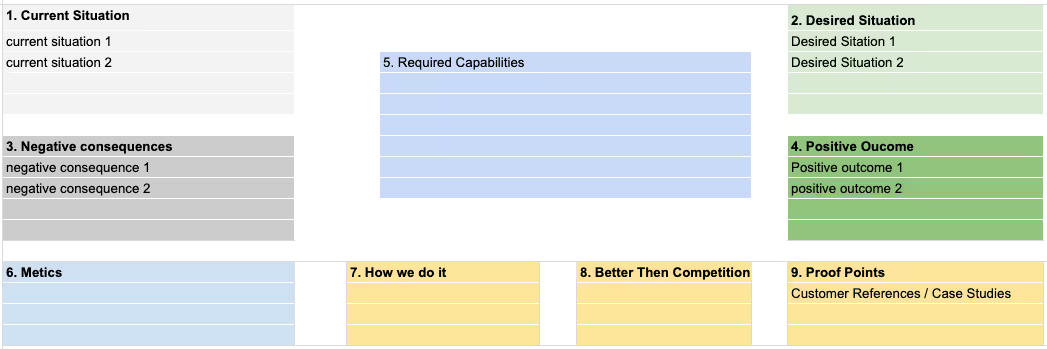
Drive your sales conversion in a way to deep dive into each customer need progressing from:
- the current situation and pain points to the
- desired outcome and
- the steps required to achieve it.
This detailed mapping serves as a foundation to later demonstrate the value of your solution to a prospect.
Then, if necessary, you can connect this value to specific features.
Until these final stages, the focus remains solely on the customer.
Let's zoom into the details a little bit.
1. Current Situation:
What's the current situation of the prospect?
2. Negative Consequences:
your customer is facing today?
Example 1: If a customer needs to generate revenue faster, it might indicate that their sales team lacks training in outbound techniques. Many sales organizations we collaborate with face this issue, resulting in sales reps not meeting quotas and lost revenue due to inadequate outbound sales training.
Example 2: Another example involves a B2B enterprise selling solutions where common challenges include finding and training new talent efficiently. Organizations often struggle to equip new hires with the necessary information to become productive quickly. The negative consequence out of that? Lost revenue.
Here are some example questions?
3. Desired Situation:
Ask your prospect what their desired outcome is.
(increasing revenue, enhancing motivation, speeding up onboarding, reducing friction, improving retention, etc.)
4. Positive Business Outcome:
Ask your prospect to describe the desired situation in more detail. Here are some example questions.
5. Required Capabilities:
Ask the prospect to identify the capabilities needed to move from their current situation to their desired one.
The required capabilities should be simple and general in the customers language (not a feature list)
It should allow you to later align and connect them to your solution.
Here are some example questions
From identifying the required capabilities, we transition into a new phase of the sales conversation...
These next steps are needed to ultimately align the customer's needs with your solution.
6. Metrics
Ask your customer to define metrics that matter to them (revenue, or specific to their needs, like improvements in motivation)
Here are some more examples on metrics related questions.
Now its time to talk about your solution and what it can do for the customer.
7. Solution: How are you going to do help?
What can your solution do for your customers?
You've gathered information on their required capabilities and understood their needs to transition from their current situation to their desired outcome.
Now it's your time to highlight how your solution can assist them.
In this part of the sales conversation, clearly explain how your solution will meet their needs.
8. Competition: How you do it better than the competition.
→ In the step 3 "Differentiators," you can add more talking points designed to help you clearly articulate what sets your solution apart from others.
9. Proof: What are the proof points and metrics that support your claims?
How can you demonstrate that your solution can increase revenue by a certain amount?
Typically, this evidence includes
- case studies
- articles
- reviews
- interviews
with existing customers, all showing how we've successfully moved other customers in the desired direction.
→ build up on it the Step 3: Differentiators
STEP 3: THE VALUE FRAMEWORK - DIFFERENTIATORS

Differentiators refer to the unique aspects of a product or service that set it apart from competitors in the market.
They support key points such as
- Alignment with value drivers: Effective differentiators are closely aligned with what is most important to the customer.
Whether it's superior performance, cost savings, better customer service, innovative technology, or another factor, these qualities should resonate with the customer’s own goals and challenges. - Evidence based -To be effective in a value selling context, differentiators need to be supported by tangible evidence.
This can include data, case studies, testimonials, and performance metrics that prove the benefits and validate the claims being made. - Simplicity & clarity: While being detailed and specific, differentiators should also be easy for customers to understand and remember.
They should convey a clear message of how the product or service can positively impact the customer’s business or personal outcomes.
In essence, differentiators in a value selling framework are not just about being different...
they’re about being relevant and superior in ways that matter most to the customer, directly influencing their buying decisions.
STEP 4: THE VALUE FRAMEWORK - QUESTIONS:
With value framework defined, all what is left is to seller to go and apply it.
You will get the right answers with the right questions.
And if you want to get better answers, set better questions and then you apply them back to your value framework.
Map your question for each of the steps
- Discovery Questions to get the customer needs and pain point
- Details Questions => Before / Negative Consequences
- Details Questions => After / Positive Business Outcome
- Questions on Required Capabilities and Metrics
Kickscale wishes you successful selling and insightful sales conversations!
- Download our value framework template
- Let our AI sales platform track insights on your sales conversations
FAQs

This is some text inside of a div block.

This is some text inside of a div block.

This is some text inside of a div block.

This is some text inside of a div block.

This is some text inside of a div block.


Your sales team deserves clarity instead of guessing games
With our AI revenue intelligence platform, we help innovative sales teams make better decisions and close more deals. Experience the difference:
Deep customer understanding
Identify why customers buy or what prevents them from doing so – from all conversations
Objective forecasts
Finally make decisions based on hard facts instead of gut feeling
Deal prioritization
Focus your team on the opportunities with the highest potential









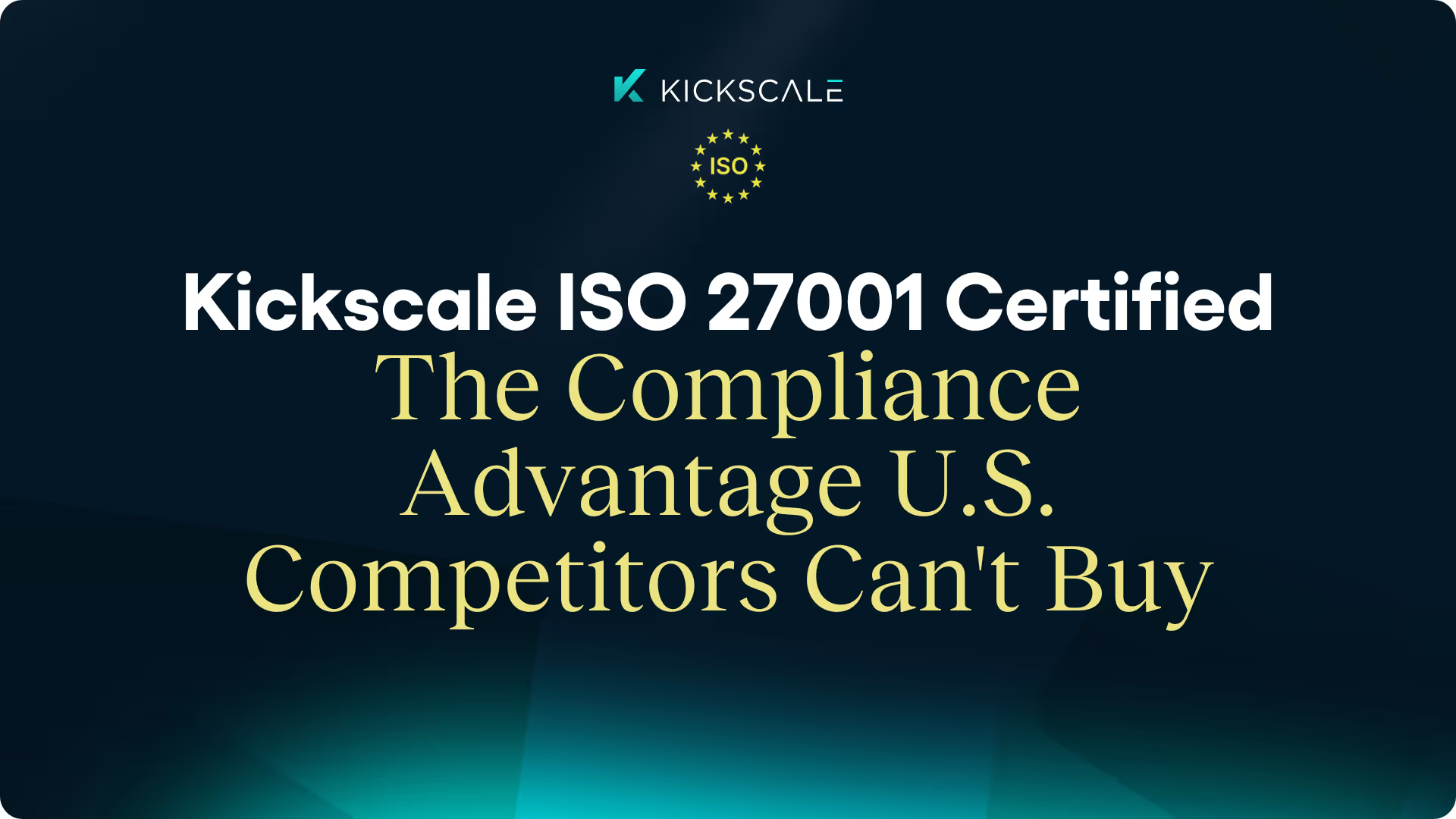

.avif)


